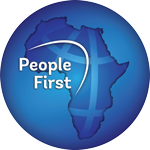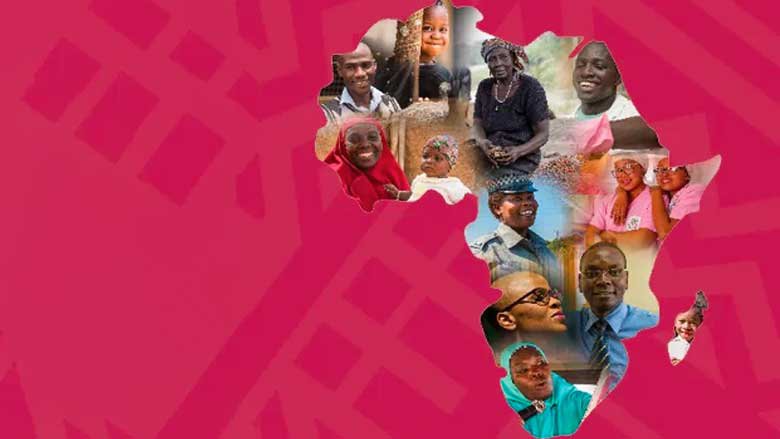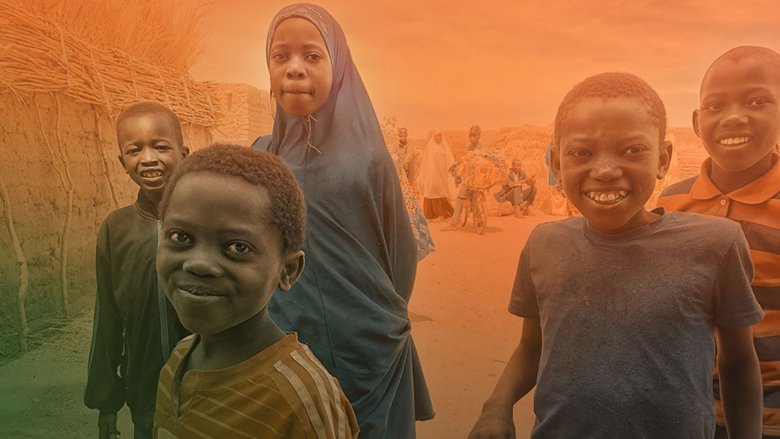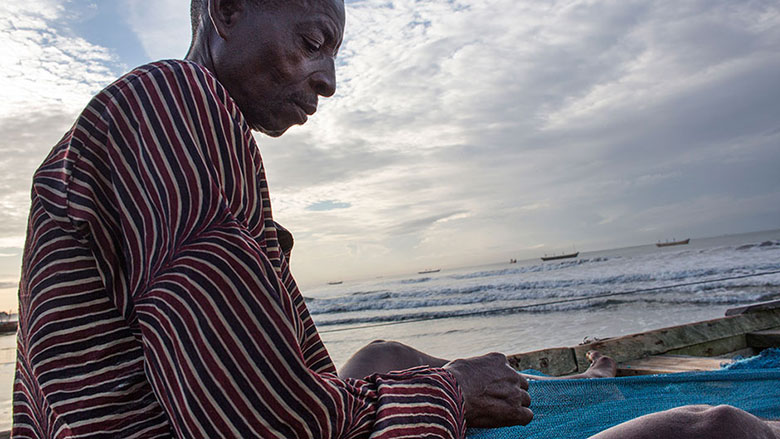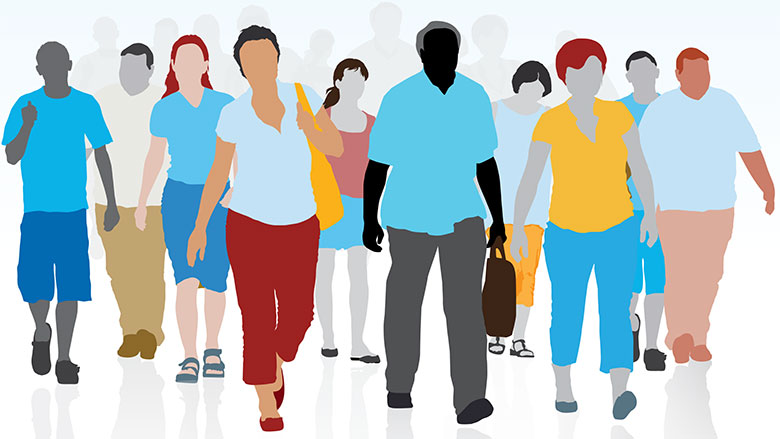Located in the westernmost part of the African continent, Senegal is bordered by Mauritania, Mali, Guinea, The Gambia, and Guinea-Bissau. With a tropical and dry climate, the country has a population of 18,032,473 million people, nearly a quarter of whom live in the Dakar region (which accounts for only 0.3% of the country's territory).
Political Situation
Senegal remains one of the most stable countries in Africa. The country has experienced three peaceful political transitions since gaining independence in 1960. On March 24, 2024, Bassirou Diomaye Diakhar Faye, the opposition candidate, was elected as the country's fifth president, winning the election in the first round.
Economic Situation
Real growth is expected to reach 6.1% in 2024 (3.4% per capita), below the initial forecast of 7.1%, due to weaker-than-expected activity in the construction, mining, and industrial sectors. Agriculture is expected to maintain its growth thanks to favorable rainfall and government support measures (quality inputs, fertilizers, etc.). The services sector should benefit from the indirect effects of oil production, particularly in sub-sectors such as trade, transport, hospitality, catering, and financial services. The transport sub-sector is expected to thrive due to the partial recovery of industries and the commercial launch of the Bus Rapid Transit. Inflationary pressures are expected to gradually ease, with inflation forecasted to fall within the regional central bank’s target range of 1% to 3% this year, down from 5.9% in 2023, as global inflation in commodity and food prices subsides.
Structural vulnerabilities such as low productivity, limited human capital, high levels of informality, and youth emigration persist and are exacerbated by external shocks, such as those from the COVID-19 pandemic and Russia's invasion of Ukraine. The transition to a more diversified economy with a broader industrial base remains limited, with the economy still heavily reliant on agriculture, which remains the main driver of growth, along with services. Hydrocarbon production, delayed due to the health crisis and now scheduled for mid-2024, offers an opportunity to accelerate equitable investments in human capital and the energy transition but is not expected to contribute to revenues and exports before 2035.
Development Challenges
The main development challenge will be to boost economic activity to promote sustainable and inclusive growth while strengthening the resilience of vulnerable populations to shocks.
This will require (i) strengthening resilience to macro-fiscal, environmental, climate, and social risks; (ii) improving human capital to stimulate productivity; (iii) increasing competitiveness and job creation through better digital and physical connectivity, as well as more efficient labor markets; (iv) reducing energy costs, lowering the carbon footprint, and optimizing the energy mix; and (v) promoting the tertiary sector and stimulating the productivity and competitiveness of agriculture and related value chains.
Last Updated: Oct 17, 2024

